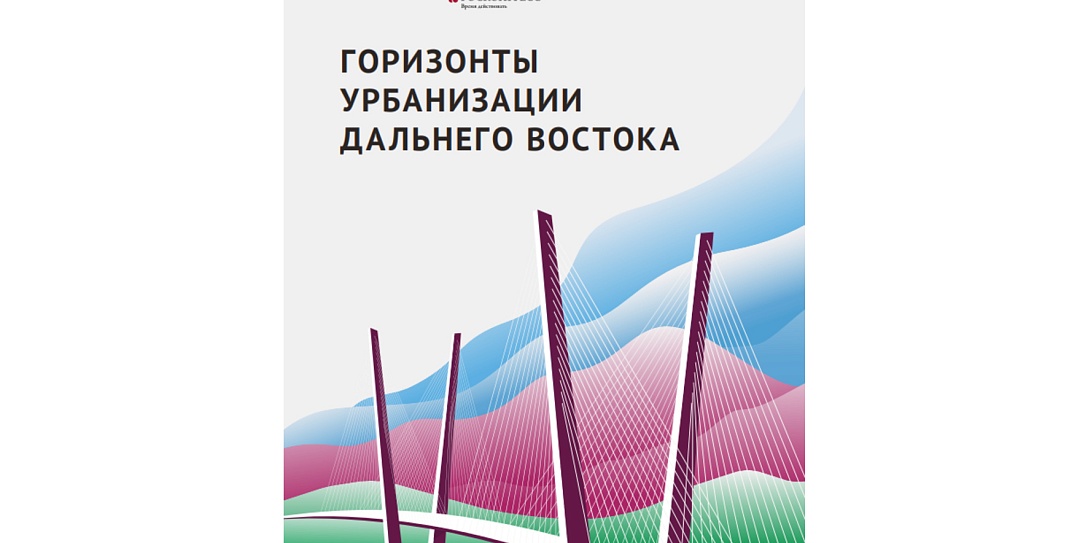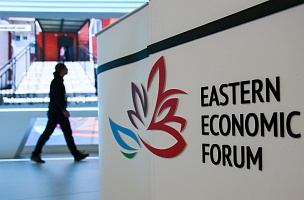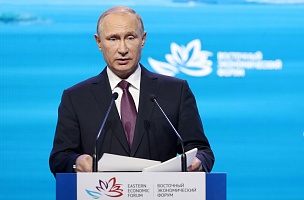Accelerated socio-economic development of the regions of the Far
Eastern Federal District is one of the key priorities of government policy in
the Russian Federation. The most important process affecting the macroregion's
economic potential is urbanization. This means the growth and expansion of
major economic centres and an increase in the share of the urban population,
including through the concentration of highly qualified specialists in the main
cities of the Far East. The prospects, opportunities and obstacles to Far
Eastern urbanization are discussed in the report ‘The Horizons of the
Urbanization of the Far East’, prepared by the NTI Competence Center for
Storage and Analysis of Big Data at Moscow State University, with support from
the Roscongress Foundation for the 7th Eastern Economic Forum.
The specific features of the Russian Far East include its extremely
low population density (1.2 people per km2) and the predominance of small
settlements. The population of the Far Eastern Federal District as of 2021 is
8.1 million people and is declining by approximately 20–40 thousand people
annually. The largest economic centres of the Far Eastern Federal District are
the cities of Khabarovsk (617,000 people) and Vladivostok (603,000 people). The
share of the Far East in Russian GDP in 2020 was 6.44% (compared to 6.05% in
2016). Potential drivers for the long-term socio-economic development of the Far
Eastern Federal District include:
− geographical location close to
the fast-growing markets of the Asia-Pacific region;
− the availability of significant
reserves of natural resources;
− location in a natural transport
corridor between Europe and Asia;
− construction of a new civilian
spaceport Vostochny;
− availability of scientific and
educational potential provided by research centres of the Russian Academy of
Sciences and federal universities;
− development of major industrial
centres in the aviation, shipbuilding, automotive and oil and gas industries.
Thus, the economic potential of the Far East depends to a large
extent on the pace of urbanization, increasing the share of highly qualified
specialists and developing backbone enterprises based in major urban agglomerations.
It also depends on the development of innovative infrastructure, including the
Smart City project of the Russian Ministry of Construction, which is being
implemented in more than 10 cities in the Far Eastern Federal District. Alexei
Beloshitsky, Executive Director of the NTI Competence Center for Technologies
for Storage and Analysis of Big Data, has identified three main barriers to
this process and possible ways of overcoming them: “The urbanization of the Far
Eastern Federal District as a factor in the socio-economic development of this
region faces three main barriers. These are the outflow of population, which is
mainly young specialists leaving for central regions of Russia, the low level
of transport and social infrastructure development, and high tariffs for energy
supply and logistics services. The diversity of the Far East makes it
impossible to choose a single solution for these barriers. This is because
local specifics, including climatic conditions, the presence of major economic
centres and transport hubs must be taken into account. For the effective
development of the macroregion, efforts need to be coordinated not only at
different levels of government but also at the level of business and in the
scientific and educational environment. This ‘triple helix’ will allow for a
synergistic effect in implementing innovative projects, which will help to
attract qualified personnel to major cities in the Russian Far East.”
The Far East has impressive potential for growth in terms of the
development of transport and energy infrastructure, both between major economic
centres and as part of the regional transport network. The provision of
affordable means of transport mobility, combined with the timely regulation of
energy tariffs in the short and medium term, can help to increase the number of
innovative infrastructure projects in the Far East. Raising private investment
and consequently developing tourism infrastructure and creating high-tech
production facilities are ‘targets' within the framework of overcoming barriers
to the socio-economic development of the Far East.
Using a systematic approach to strategic
planning for the development of the Russian Far East can help to create new
infrastructure projects and modernize the existing transport network and
production facilities in the Far Eastern Federal District.
“Despite its remote location from the
federal centre of government, difficult climatic conditions and low population
density, the Russian Far East has several advantages. With the correct
approach, these advantages will ensure the sustainable socio-economic
development of the macroregion. In this case, urbanization is one of the
drivers of economic growth. In order to fully realize this potential, a
comprehensive policy focused on improving the quality of the urban environment,
modernizing backbone enterprises, providing institutional support and solving
problems with the infrastructure provision of the Far Eastern regions should be
pursued,” summarizes Oleg Karasev, Director of the Centre for Science and
Technology Forecasting, Economics Faculty, Lomonosov Moscow State University.






